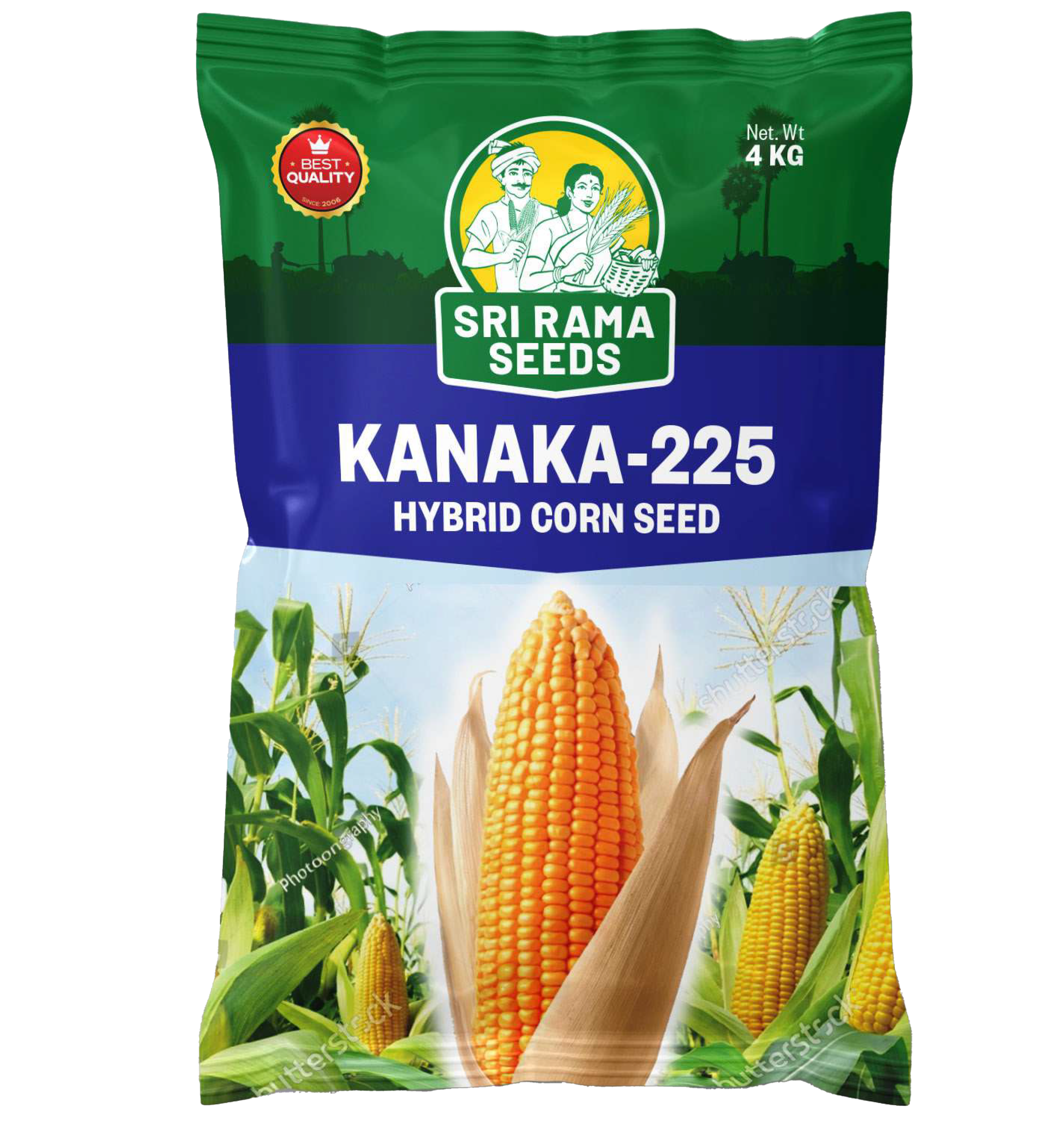High-Yielding Multi-Cut Hybrid Bajra with Superior Fodder
Quality
SR-43 MF is a premium white-seeded multi-cut hybrid bajra
(pearl millet) variety, developed for high green and dry
fodder yield, excellent digestibility, and superior regrowth
potential. With its green, long, and broad leaves,
yellow-green midrib, and juicy stalks, SR-43 MF ensures
nutrient-rich fodder for dairy and livestock farming.
Producing 9650 kg/HA of green fodder and 2190 kg/HA of dry
fodder, this variety is well-suited for Haryana, Punjab,
Rajasthan, Gujarat, Uttarakhand, Uttar Pradesh, Maharashtra,
TamilNadu, Telangana, and Karnataka, making it an excellent
choice for farmers seeking high biomass output and
continuous fodder supply.
Challenges & Solutions
Fodder production often faces challenges such as low yield,
poor digestibility, and weak regrowth after cutting. SR-43
MF is bred to address these concerns and ensure sustainable,
high-quality fodder farming.
Challenges
Common difficulties in bajra fodder farming include:
-
Low Green & Dry Fodder Yield
-
Poor Leaf Size & Stalk Juiciness
-
Weak Regrowth Between Cuts
-
Limited Adaptability to Diverse Climatic Conditions
Solutions
SR-43 MF provides exceptional benefits for fodder
producers:
-
High Green Fodder Yield (9650 kg/HA) & Dry Fodder
Yield (2190 kg/HA)
-
Long, Broad Leaves with Juicy Stalks
-
Multi-Cut Capability for Continuous Yield
-
Adaptability to Key Agricultural Regions
Performance and Profitability
Yield Potential (Kg/HA):
Green Fodder Yield: 9650 kg/HA, Dry Fodder Yield: 2190 kg/HA
Adoption Rate:
Farmers prefer SR-43 MF for its high biomass yield,
excellent digestibility, and strong regrowth ability.
Farm Profitability:
With multiple harvests per season and superior fodder
quality, SR-43 MF provides exceptional returns for dairy and
livestock farmers.
Market Demand:
The nutrient-rich, juicy stalks and broad leaves make SR-43
MF a top choice for livestock feed industries and dairy
farms.









